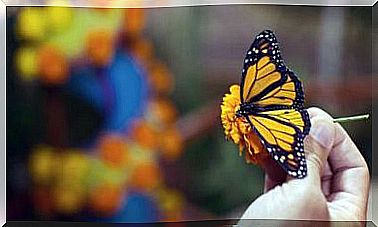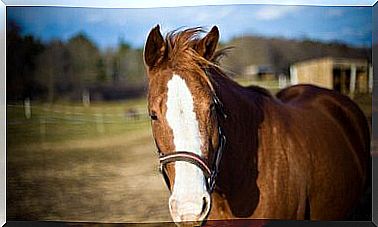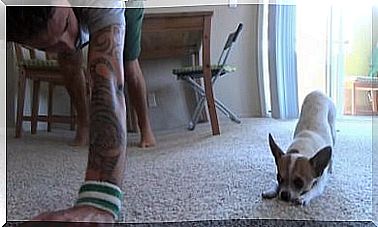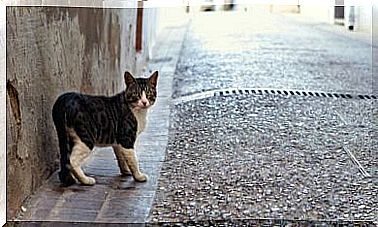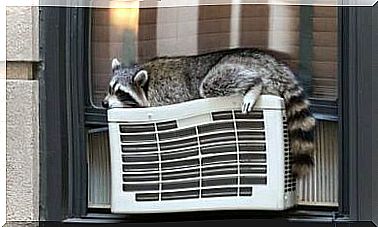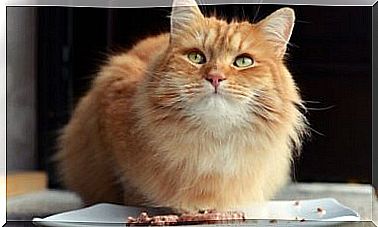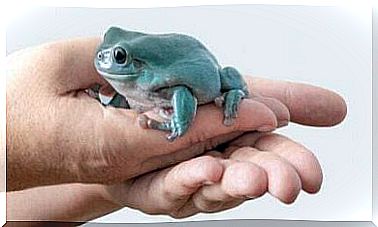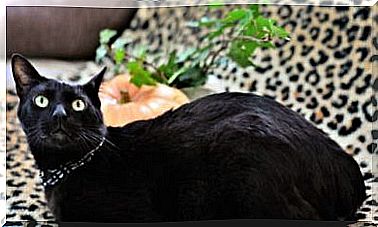6 Causes Of Eye Problems In Cats
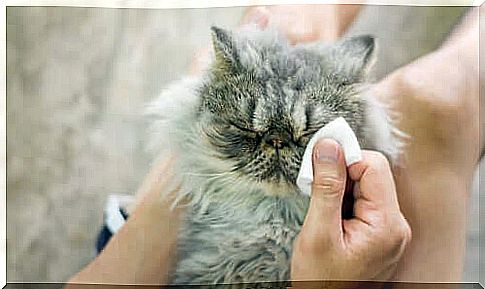
There are a number of eye problems in cats, some of which are similar to those that affect dogs’ eyes.
In both cats and dogs, eye diseases can be considered a real emergency: any tearing, change in appearance or excessive blinking requires immediate attention from the veterinarian.
It often happens that cats suffering from eye or facial pain have a decreased appetite. Consequently, it is important to pay attention to any changes in eating habits.
Check your cat’s eyes often to find out what they look like under normal conditions. In this way, in the event that a problem should arise, you can realize the changes that have occurred.
1. Conjunctivitis, the most common eye problem in cats
It is the most common eye disease among cats. It consists of an inflammatory process of the membrane that covers the inner part of the eyelids and part of the eye. Often, this inflammation results in tears or discharge in one or both eyes.
Viral infection caused by herpes is a common cause of conjunctivitis in cats. Other causes include environmental allergens, irritants, and bacterial infections.
Persian and Himalayan cats possess a facial structure that can cause the tearing to stop, which results in producing eyes that are on the verge of crying. It is advisable to subject the specimens of these breeds to treatments based on rinses or adequate medicines, in order to prevent conjunctivitis.
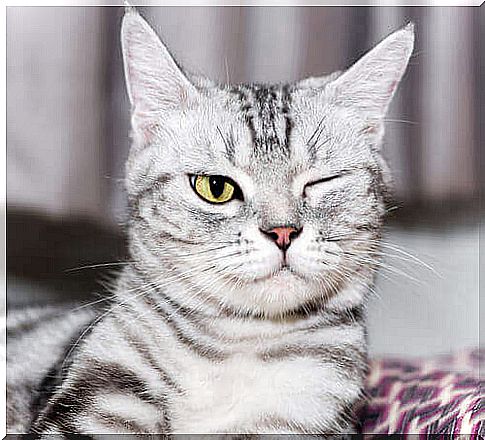
2. Corneal ulcers
This disease is particularly common among kittens who live outdoors. In general, ulcers originate from damage to the cornea. It is possible to identify this type of damage if you see your cat squinting or have discharge, scratches on the eyes or redness and swelling around the eye.
Sometimes, corneal ulcers develop into a seizure, which is a dark, discolored spot visible inside the eye. This phenomenon occurs when the cornea dies.
3. Uveitis
It is an inflammation of the vascular layers found inside the eye. Although the cause of uveitis is unknown, it is believed that processes of systemic inflammation or severe corneal ulcers can progress to lead to uveitis.
Symptoms include a change in the color or size of the iris or pupil, red eyelids, sensitivity to light, eye pain, or loss of vision.
4. Glaucoma
This is a very common occurrence among eye problems in cats. This disease results from increased pressure of the fluid in the eye, which occurs as a result of insufficient drainage of the aqueous humor.
In this situation, the accumulated fluid exerts pressure on the optic nerve, which carries visual information from the eye to the brain. When the buildup of pressure becomes severe, the optic nerve becomes damaged and can cause blindness.
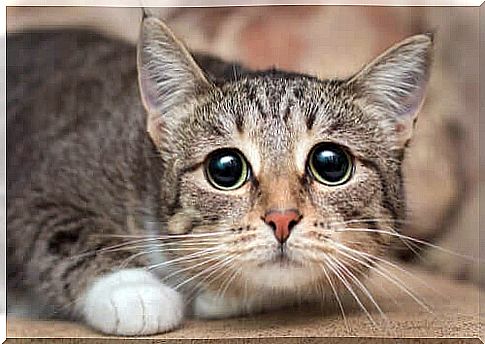
5. Blindness
There are a number of causes that can lead to blindness. In the case of retinal damage, vision loss can be partial or total. Be aware that this disease can develop through a slow process; as a result, early identification of the problem can be particularly valuable.
It is important to know that retinal damage can be caused by high blood pressure, which causes diseases such as hyperthyroidism, diabetes or kidney disease.
For this reason, for the prevention of ocular damage it is important to contact your veterinarian, who will carry out some routine blood pressure checks.
6. Other causes of eye problems in cats
Often, many feline eye diseases are secondary to other diseases, which could make management and treatment more difficult.
Secondary eye diseases can be caused by: viral diseases such as herpes, feline leukemia, feline immunodeficiency or feline infectious peritonitis, as well as Cryptococcus infection .
In summary, just as with most diseases, taking your cat to the vet for routine checkups is the best opportunity to promptly identify any conditions that may be causing eye problems in cats.
